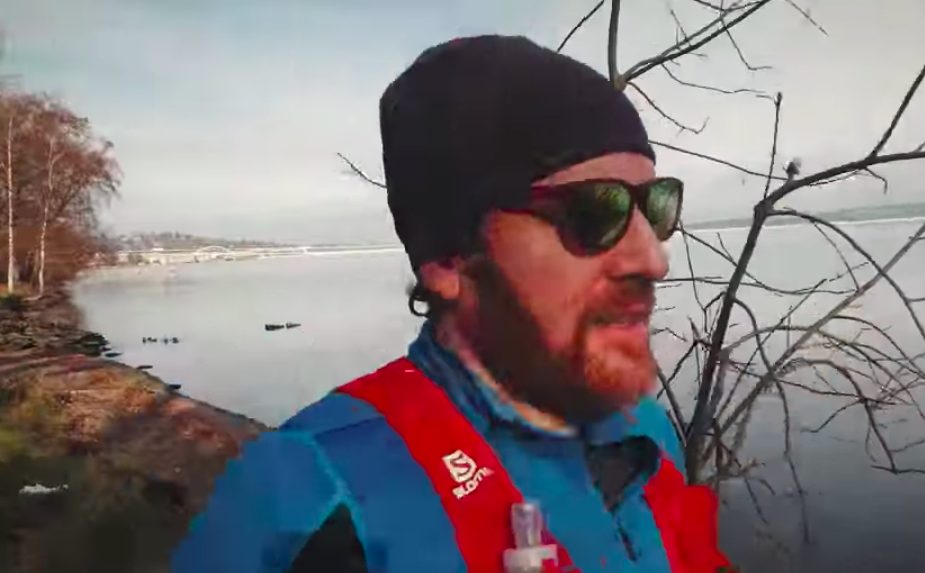Ethan Newberry’s first 100-mile training week
Here's what happened when the trail runner and filmmaker set out to document his first-ever 100-mile training week

For better or for worse, many runners consider the 100-mile training week to be an important benchmark. Even though it’s entirely arbitrary (and for many people would represent too much mileage for optimal training and health), the idea that they “should” be training at this volume holds sway over more people than would probably admit it. Filmmaker, musician, trail runner and race director Ethan Newberry of Seattle, aka The Ginger Runner (whose film Where Dreams Go To Die documents Gary Robbins’s first and second Barkley Marathons attempts), is one of those people. For years, Newberry had wanted to do a 100-mile training week, just to prove that he could. So, with some guidance from his coach, David Roche, in the final days of 2019, he finally did.
RELATED: Gary Robbins is running down hills again

Newberry acknowledges the arbitrariness of the benchmark 100 miles by saying that for some people, 100 miles a week is “not a lot,” and for others it represents a crazy amount of training volume. For him, it was a daunting challenge, for two main reasons: 1) he’d never done it before (which made it both a physical and a psychological challenge), and 2) as a middle-of-the-pack runner, 100 miles in seven days represents a serious time commitment.
His goals being simply to reach 100 miles without getting injured and while having fun, here’s how he and Roche planned out Newberry’s mileage for the week:
Monday: 15 miles
Tuesday: 10 miles
Wednesday: 10 mile/5 mile double
Thursday: 10 mile/5 mile double
Friday: 8 miles
Saturday: 20 miles
Sunday: 17 miles
All the runs were done at an easy pace.
(Note: anyone trying this for the first time, whether just for its own sake or as part of a training plan with a goal race in mind, should definitely build up to it gradually, and be aware that your sleep, recovery and nutrition needs will be significantly greater than usual. This is definitely not a goal for a beginner runner. )
The first day goes well, but to save time, Newberry does his 15 miles on the roads, and some joint soreness leads him to switch to the trails for day 2.
https://twitter.com/MountainRoche/status/1212764594789216256
Day 3 and 4 are doubles. On Day 3, Newberry decides to do the short run first. This is the first day he’s really aware of the recovery, sleep and nutritional challenges involved in a 100-mile week, but he wisely enlists two other runners to join him on the day’s second run, a 10-miler. By the end of it, he reports that his legs felt strong.
Halfway through the week’s mileage, Newberry say, “I can smell the finish line. And it smells like pizza.”
On day 7, Newberry’s elation at being almost finished his first triple-digit training week is palpable. “I feel like I could run another 50,” he says, adding, “It took me years to build up the courage to try.” Sometimes giving it your best shot is enough.
Not only is Newberry’s project a useful document of what a 100-mile week looks like, but his decision to run a different route for every run makes for a scenic and entertaining micro-travelogue of Seattle’s favourite routes.


